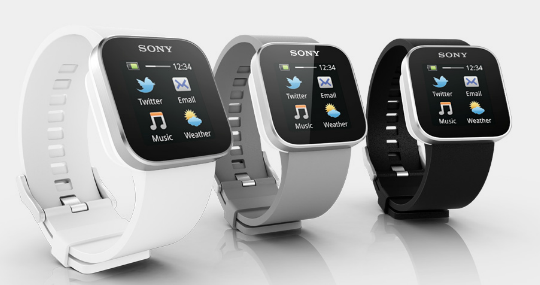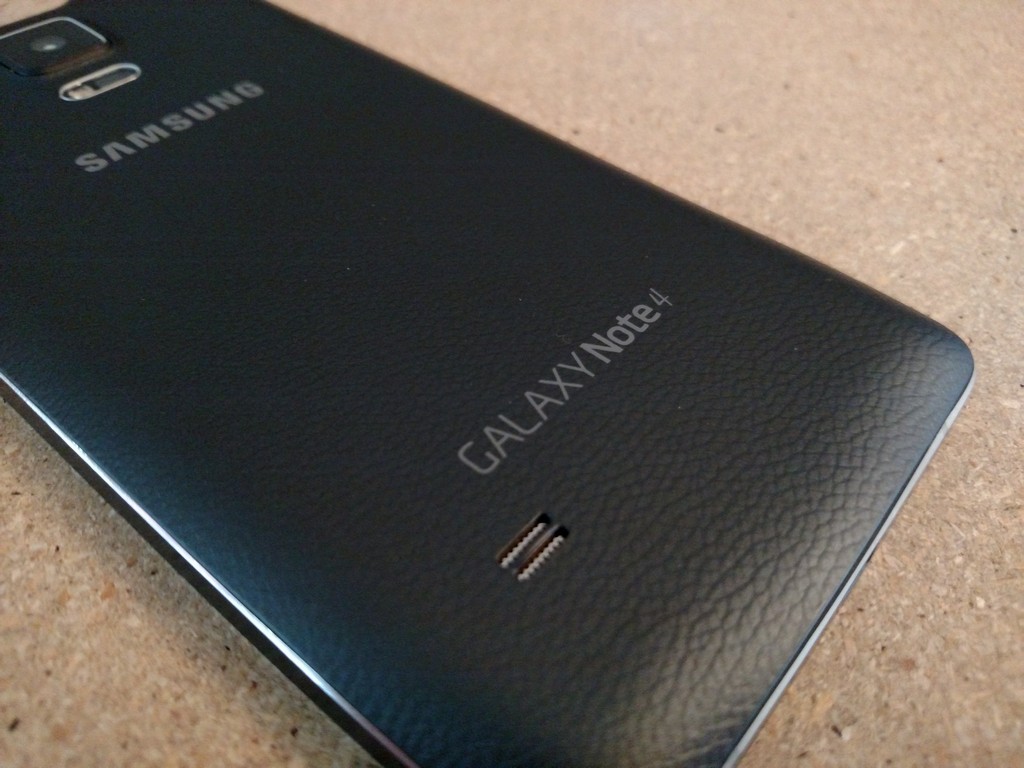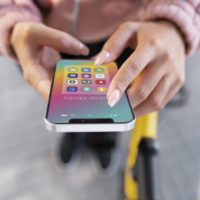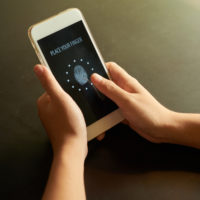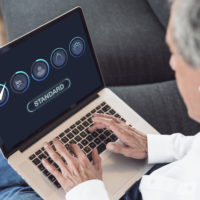In a world where digital storage is essential, fake memory cards have become a growing problem. You might think you scored a great deal online, only to realize later that your new SD card isn’t storing your files — or worse, it’s silently corrupting your data.
Don’t worry — this guide will teach you how to spot and test for fake memory cards before they cause real problems.
🧠 Why Are Fake Memory Cards a Big Deal?
Fake memory cards are usually:
-
Labeled with higher storage than they actually offer
-
Slower than advertised
-
Unreliable — leading to corrupted files or total data loss
These counterfeits often look identical to real cards, making them hard to catch with the naked eye.
🧐 How to Spot a Fake Memory Card
1. Too-Good-to-Be-True Pricing
If a 256GB SD card is being sold for $10, that’s a red flag. Authentic high-capacity cards are more expensive. Trust your gut — and check the market price from trusted retailers.
2. Suspicious Packaging
Look for:
-
Spelling mistakes
-
Poor-quality print or logos
-
No barcode or serial number
-
Packaging that looks like it’s been resealed
Counterfeiters often skip the small quality details.
3. Inconsistent Branding
Fake cards may use:
-
Old logos
-
Wrong font styles
-
Slightly off brand names (e.g., “SanDisk” vs “ScanDisk”)
Compare with an original product photo from the brand’s official website.
4. Missing or Fake Capacity
Most fake cards claim high storage (e.g., 128GB) but are actually only 8GB or 16GB in disguise. Once full, they overwrite old data or corrupt files.
🧪 How to Test a Memory Card for Authenticity
Here are the most effective ways to test a memory card and confirm whether it’s real:
✅ 1. Use H2testw (Windows)
This free tool writes and reads data to check the real capacity of the card.
How to use:
-
Download H2testw (search “H2testw download” — it’s lightweight)
-
Insert the memory card and run the test
-
Wait for results — it’ll tell you the true usable capacity and if any data errors occurred
✅ 2. Use F3 Tools (Mac & Linux)
Mac users can use a similar tool called F3.
Steps:
-
Install F3 via Terminal
-
Use
f3writeandf3readcommands to test the card -
Review results to confirm capacity and integrity
✅ 3. Check with SD Insight (Android)
If you’re using an Android phone, download SD Insight (if available in your region).
It tells you:
-
Manufacturer
-
Card capacity
-
Date of manufacture
If the data is missing or doesn’t match the label — that’s a red flag.
🛡️ How to Avoid Buying Fakes
-
Buy from reputable retailers or official brand stores
-
Check user reviews and ratings carefully
-
Avoid suspiciously low prices or unbranded listings
-
Don’t trust third-party sellers on large e-commerce sites unless verified
🧾 Final Thoughts
Fake memory cards can be frustrating and risky — especially if you’re storing important photos, videos, or files. But by learning how to spot the signs and test for authenticity, you can protect yourself from getting scammed.
Always remember: if it sounds too good to be true, it probably is — especially in tech.
